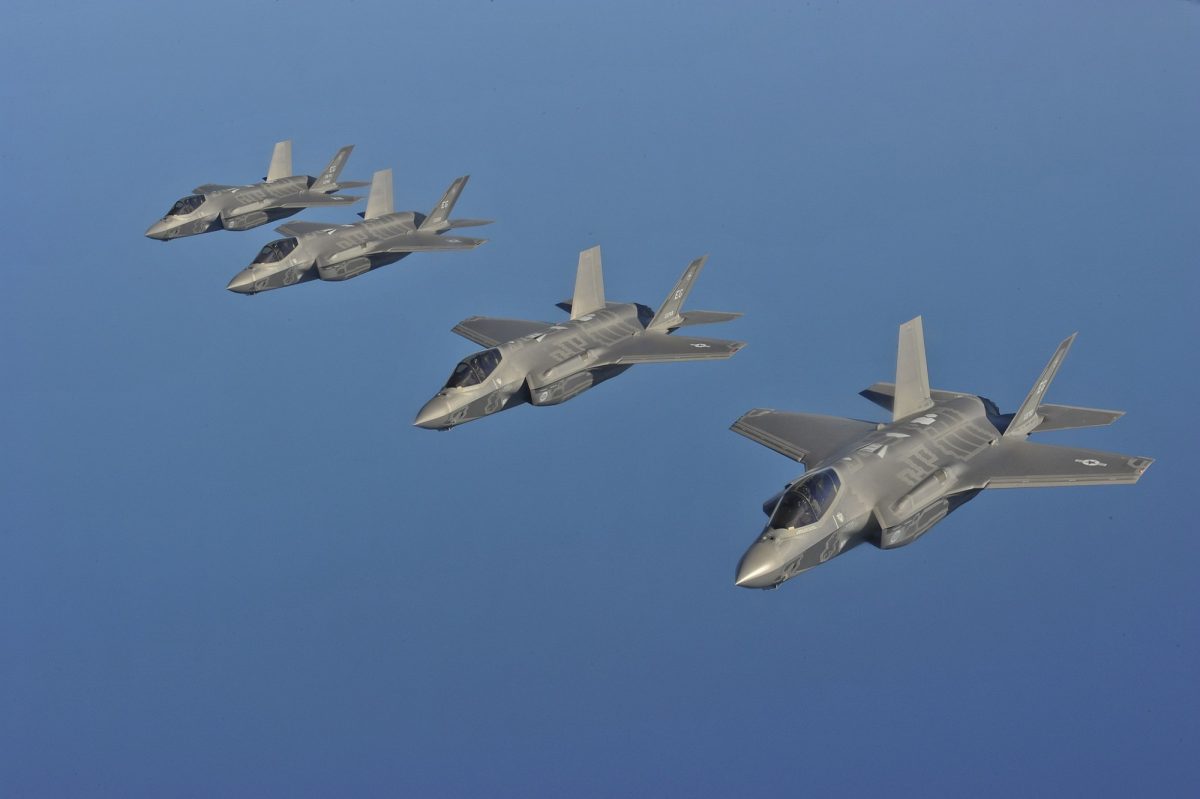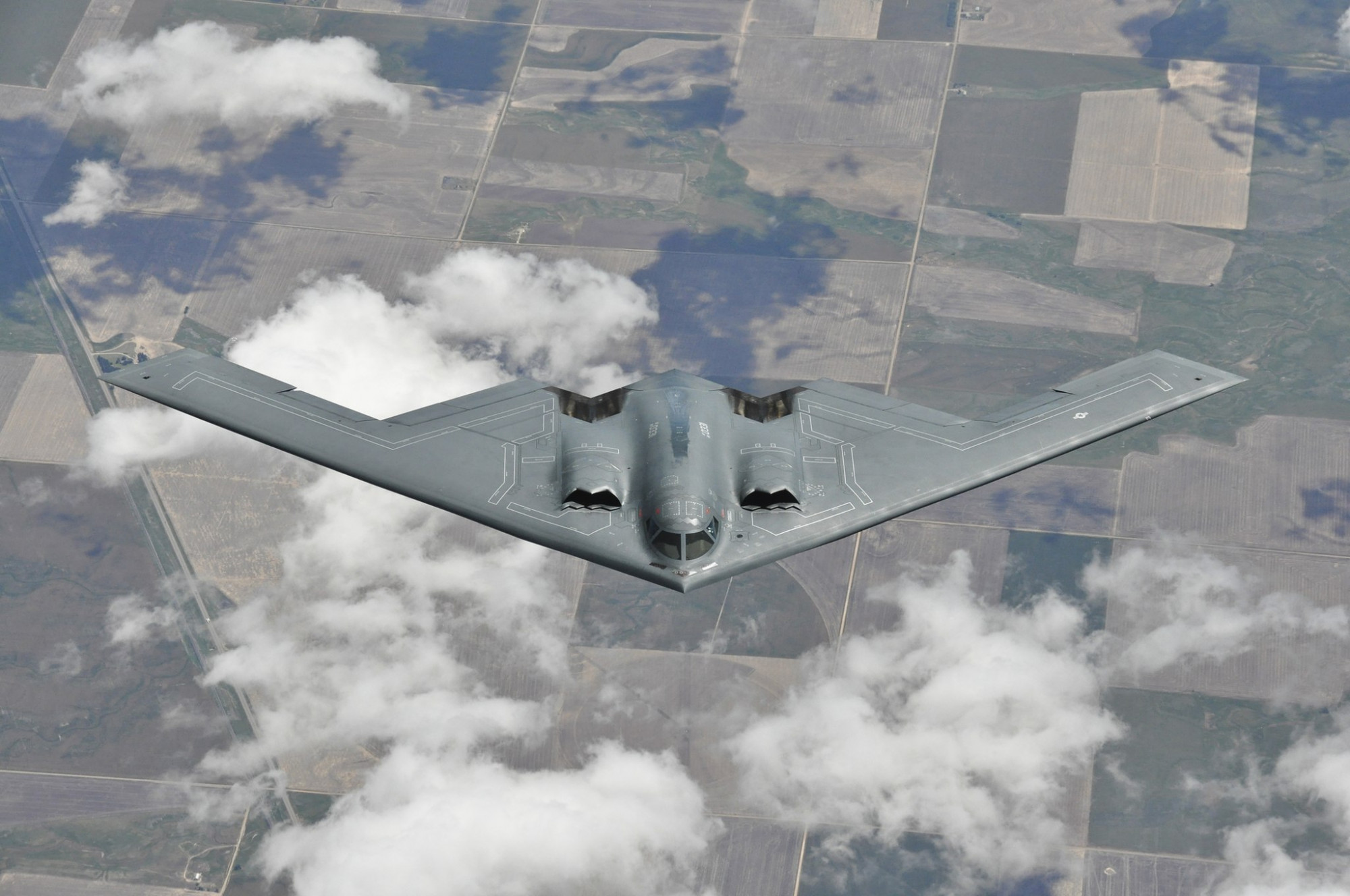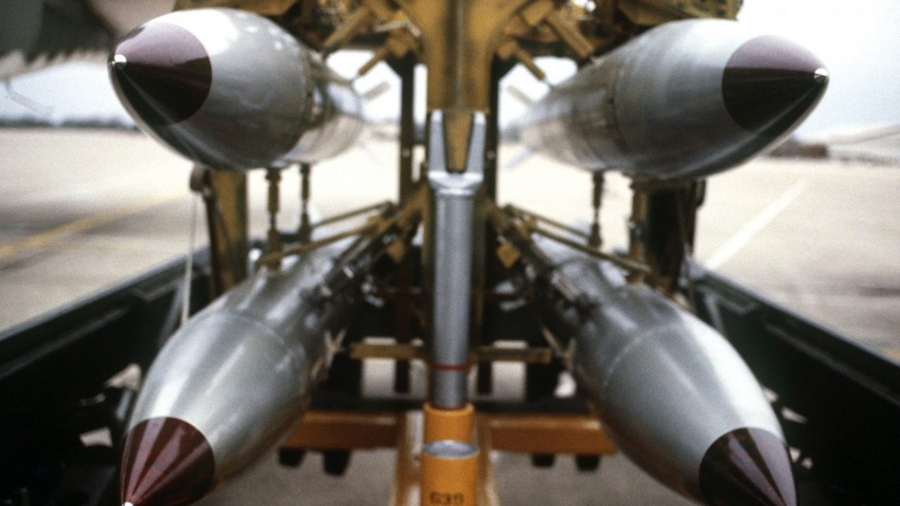A new upgraded low-yield B61-12 nuclear guided bomb with improved accuracy has undergone testing by the U.S. Air Force.
The distinctive feature of this bomb is an increased accuracy down to 30 meters from the target, which will destroy targeted objects with minimum collateral damage. Normally, U.S. nuclear bombs achieve an accuracy of 110-170 meters.
The explosive power of the new bomb can also be adjusted for 0.3 kilotons up to 50 kilotons.
The B61 nuclear bomb is a family of air launched nuclear gravity bombs that have been used by the U.S. military since 1968. The B61-12 is its 13th version in the series.

The bomb can be launched by various types of aircraft and is able to withstand supersonic flight speed.
According to Air Force Technology website, the bomb will be equipped with the new tail kit guidance assembly that offers a high level of accuracy and limited stand-off capability over the previous versions. The tail kit assembly was developed by Boeing under a $178 million contract.
“The development engineering of the new B61-12 began in February 2012,” according to the Air Force Technology website. “The first flight test of the bomb in the development was conducted by F-15E military aircraft in July 2015 and the baseline design review was completed in January 2016.”
The design and engineering was provided by Los Alamos National Laboratory and Sandia National Laboratories. After qualification flight tests for the bomb were completed in 2018, it entered the production engineering phase.
According to the 2018 Nuclear Posture Review (NPR), the first production unit of the B61-12 bomb was expected to be completed by March 2020.
However due to a potential problem with an electrical part discovered during testing in April, the completion date of the B61-12 first production unit could be delayed, Inside Defense reported in June.
Charles Verdon, deputy administrator for defense programs at the National Nuclear Security Administration (NNSA), revealed on Sept. 4 at the Defense News Conference that a commercially available capacitor used in the modernization of B61-12 did not perform as expected during stress testing and could potentially fail during the 20-30 years lifespan projected for this bomb.
The issue would delay the delivery of the first production unit 18-20 months, although the delay may be reduced.
According to Verdon, “the parts were not at risk of failure under normal circumstances” but that the agency decided to replace the part now to ensure the long-term life of the weapons rather than risk their failures in the future.
The original commercial capacitator that costed about $5 per unit will be replaced by an upgraded one that can survive the lifetime of the unit and will cost $75 per unit, resulting in an increase in the total cost of the program by $600-700 million. The cost could be recouped by savings in future modernization, Verdon said.
Meanwhile, the Department of Defense has conducted tests of the new tail kit for B61-12.
Gen. Timothy Ray, the head of Air Force Global Strike Command, said he is “very happy” with the tail kit progress, according to Fox News.

The upgraded B61-12 will be certified on B-2 bomber aircraft, as well as other current and future American, British, and German models.
The cost of the entire program, which includes refitting 400 bombs, was originally estimated at $7.6 billion and it was projected to increase to approximately $10 billion, Defense News reported. NNSA maintained that the program was on time and on budget.
Improving Defense
According to the 2018 Nuclear Posture Review “expanding flexible U.S. nuclear options now, to include low-yield options, is important for the preservation of credible deterrence against regional aggression.”
“It will raise the nuclear threshold and help ensure that potential adversaries perceive no possible advantage in limited nuclear escalation, making nuclear employment less likely,” the review said.
Critics say that a more accurate and less destructive nuclear weapon would make leaders less cautious about deploying it. However, the former U.S. Air Force Chief of Staff, General Norton Schwartz said that it would deter adversaries more because the U.S. would be more willing to use it where necessary.
According to a study conducted by John Hopkins Applied Physics Laboratory, “Russia’s Nonstrategic Nuclear Weapons (NSNWs) have major advantages over those of the United States, both numerically and technically.”
U.S. capabilities will improve after the F-35A [fighter] is equipped with the B61-12 bomb.
The same report states that China also has NSNWs, and “North Korea either has, or soon will have, a small number of NSNWs, whereas the United States has no NSNWs that could be used in the near term in eastern Asia.”
The development of a guided nuclear bomb will also have implications on NATO allies once B61-12 will be deployed in Europe, replacing older unguided variants of the B61 weapon family.

